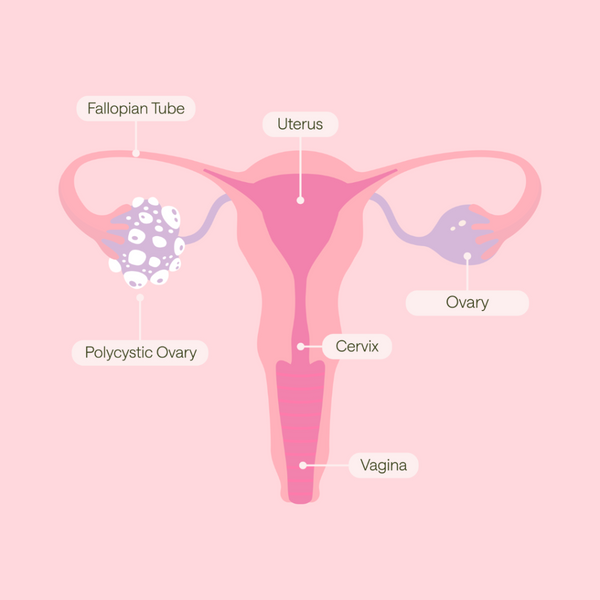After a big come-back nearly 20 years ago, cloth nappies are now firmly in the mainstream and continue to increase in popularity. They’re easy to use, fun, funky and make a big difference to the planet our babies will inherit. If you’re considering using cloth nappies but still aren’t sure whether they’re right for you, this is the blog you need to read!
But – the poo!
Here’s the thing. As the Roman Empire realised, poo belongs in the sewer and not landfill. The good news is that popping the poo into the loo is easy. Cloth nappies have a liner (more on that later) which means that poo simply tips off the nappy and can be safely and hygienically flushed away. Your washing machine is safe from stools and the environment is better off, too.
Aren’t cloth nappies tricky to use?
Most cloth nappies are cut into a nappy shape so there’s no folding or pinning required. They go on like a disposable nappy and come off the same way. Rather than sticking the used nappy in the waste bin, you stick it into a lidded bucket. There really isn’t any difference! There’s no need to soak your nappies (although some people prefer to). Then, instead of taking the nappies to the outside bin, you take them to the washing machine. Easy peasy!
What about when I’m out and about?
Cloth nappy companies often sell wet nappy bags – waterproof drawstring bags rather like school sport kit bags. If you need to change your baby when you’re out, the used nappy can safely be wrapped in the bag and then the whole shebang dropped in the machine or nappy bin when you’re back home.
These cloth nappies sound pretty good. How do I choose what to buy?
There are three common types of fabric that cloth nappies are made from: cotton, bamboo and artificial fibres such as microfleece. Some nappies mix these fibres. Generally speaking, bamboo is the most absorbent and is very soft, but it takes much longer to dry on the line than cotton or microfleece-type fabrics. Cotton is faster drying, but can benefit from a few minutes in the dryer to soften it up – rather like a towel. Artificial fibres are sometimes less absorbent than natural fabrics, but they dry the fastest and stay super soft, so they may be a great option for people who don’t want to use a dryer, or don’t have one.
Wrapping around the absorbent part of the nappy is the wrap. Sometimes this is sown to the nappy, and other systems have separate wraps. The wrap is the bit you’re going to fall in love with as they come in myriad colours and themes, prints and designs that will make you go aaahhhhh, and make nappy changes far more fun than you ever thought possible!
So – those nappy liners you mentioned?
You now know about the nappy wrap and the absorbent part. The final piece of the nappy picture is the liner. Liners can be disposable (paper) or washable. Disposable liners are just dropped into the loo, together with their “contents”. The Romans would be proud. With washable liners, solid poo can simply be tipped into the toilet and it will just drop off. If it’s liquid poo, as is normal for unweaned babies, it will wash off in the washing machine without a second thought, and that contaminated water still goes into the sewage where it belongs.
I’ve heard some people use washable nappy wipes, too…
Indeed they do and, in fact, when you’re already running a nappy bucket and wash system, it makes no sense to be using disposable baby wipes which are plastic, terrible for the planet and must not be flushed. Cloth wipes can be made from old towels, or pieces of fleece, and just wetted with some water when needed. They’re actually nicer to use than disposable wipes as they’re thicker and you’re less likely to, well, get your hands dirty. Drop them into that trusty bucket and wash together with the rest of the nappies.
What if I want to dabble – or mix and match?
Every cloth nappy or wipe that you use means less plastic waste that’s contaminated with raw sewage ending up in landfill and sitting there for hundreds of years. If you part time cloth nappy you can make a huge difference to the plastic nappy mountain, so don’t worry if you’re not up for full time cloth nappying - it’s still worth doing what you can.
Summary
Cloth nappies are far more common than they used to be and, with their absolutely gorgeous designs and prints, they are a sheer delight and joy to use. That simply can’t be said about disposable nappies! Don’t be overwhelmed with the choice – the most important thing to choose is the right fabric type for your home drying options and then everything else is just playing around with styles you love. It’s absolutely fine if you can’t do cloth nappying full time. Every single washable nappy you use makes a change!


















